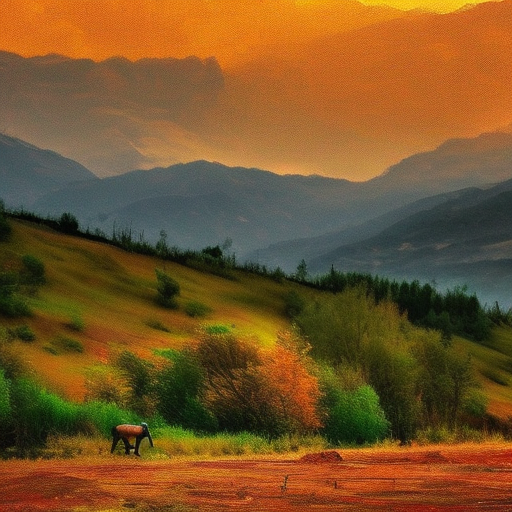One-line Summary:
Into the Wild by Sean Penn
Into the Wild, directed by Sean Penn, is a captivating and thought-provoking film that tells the true story of Christopher McCandless, a young man who abandons his privileged life to embark on a journey of self-discovery and exploration of the American wilderness.
Main Cast and Crew:
- Director: Sean Penn
- Writer: Sean Penn (screenplay), Jon Krakauer (book)
- Main Actors: Emile Hirsch as Christopher McCandless, Marcia Gay Harden as Billie McCandless, William Hurt as Walt McCandless, Jena Malone as Carine McCandless, Catherine Keener as Jan Burres, Vince Vaughn as Wayne Westerberg
- Music Director: Michael Brook, Eddie Vedder
- Director of Photography: Eric Gautier
- Producers: Sean Penn, Art Linson, Bill Pohlad
Plot:
Christopher McCandless, a recent college graduate, decides to abandon his comfortable life and donate his savings to charity. He embarks on a journey to Alaska, seeking solitude and a connection with nature. Along the way, he encounters various individuals who leave a lasting impact on him, including a hippie couple, a lonely old man, and a hardworking farmer.
As Christopher immerses himself in the wilderness, he faces numerous challenges, including starvation, harsh weather conditions, and encounters with dangerous animals. Despite the hardships, he finds solace in the beauty of nature and the freedom of living off the land.
Throughout his journey, Christopher keeps a journal, documenting his experiences and philosophical musings. He reflects on the materialistic nature of society and the importance of living a life true to oneself. However, his isolation takes a toll on him, and he begins to yearn for human connection.
In a tragic turn of events, Christopher’s adventure comes to a devastating end. His emaciated body is discovered in an abandoned bus in the Alaskan wilderness. His story becomes a cautionary tale, raising questions about the pursuit of individual freedom and the consequences of isolation.
Themes and Motifs:
Into the Wild explores themes of self-discovery, the search for meaning, and the conflict between societal expectations and personal freedom. It delves into the human desire for connection and the consequences of rejecting social norms. The film also highlights the transformative power of nature and the importance of introspection and self-reflection.
Throughout the movie, motifs of nature, solitude, and rebellion are prevalent. The stunning cinematography captures the vastness of the American wilderness, emphasizing the allure and dangers of the natural world. Christopher’s rebellion against societal norms is symbolized by his rejection of material possessions and his quest for a simpler, more authentic existence.
Reception and Legacy:
Upon its release, Into the Wild received critical acclaim for its powerful storytelling and Emile Hirsch’s compelling performance as Christopher McCandless. The film was nominated for two Academy Awards and won several other accolades, including the Golden Globe for Best Original Song.
Into the Wild has left a lasting impact on cinema and continues to resonate with audiences. It serves as a reminder of the importance of self-discovery and the dangers of idealism taken to the extreme. The film has inspired countless viewers to question societal norms and seek their own path, while also sparking discussions about the balance between individual freedom and human connection.
Recommendation:
Into the Wild is a must-watch for those who appreciate thought-provoking and visually stunning cinema. It offers a profound exploration of the human spirit and the pursuit of personal truth. However, viewers should be prepared for the emotional journey and the tragic conclusion that awaits them.
Memorable Quote:
“Happiness is only real when shared.” – Christopher McCandless












